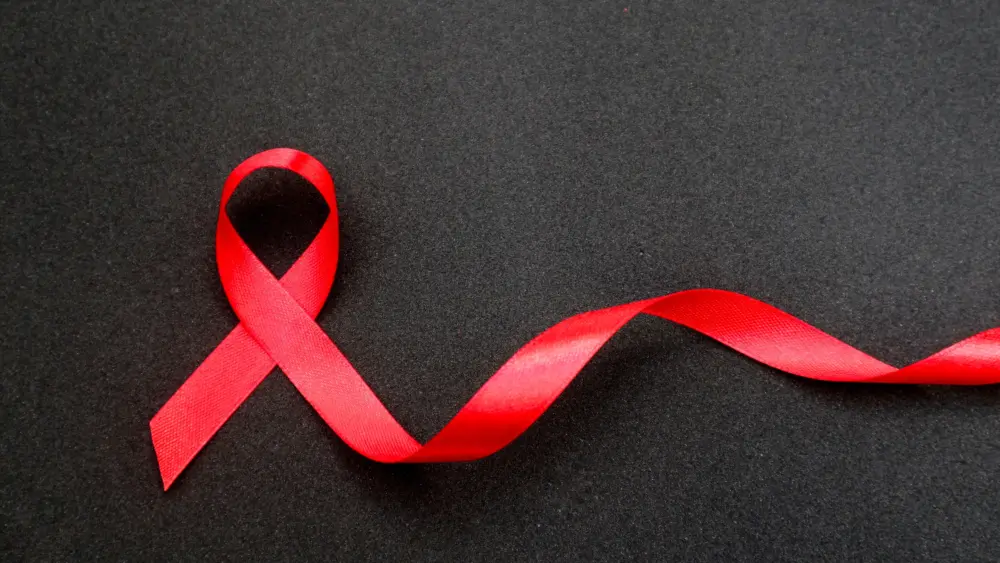I was at the Napa Valley Grapegrowers (NVG) spring summit in April, where the future, from vineyards and weather patterns to water use, sounds promising. Predictions often are. Read on to see how these predictions measure up to summer’s reality.
The business of grapes. NVG has been a fixture in these parts for more than three decades. It formed in 1975 with the objective of sustaining Napa Valley’s grapegrowing future. More than 30 years later, the group remains true to its roots of preserving and promoting Napa Valley as a world class grapegrowing region. It achieves this with vineyard management “best practices” and by fostering sustainability in the field and throughout the workforce. I thought field trips were relegated to the teen set, but NVG revived the concept by taking field workers on road trips to UC Davis for hands-on training. The organization also stands strong in its commitment to combating real-time grower issues as evidenced in its quest to eradicate the European Grapevine Moth from these parts.
The word is. John Wilkinson, owner of Wilkinson Family Vineyards and NVG marketing and communications committee chair, has a lot of positive news to report. While other regions around the country experience a slow economic bounce back, Wilkinson reports that Napa is well on its way back¸ holding steady in some areas with dramatic surges in others. Tasting room visitation is “up and brisk” complemented by strong international and domestic sales. The “vibrant restaurant scene” is ripe with expansion including St. Helena’s Goose & Gander followed by French Blue [See “The Joys of Summer,” July 2012]. What’s more, land values are holding steady with increases in some areas.
Marketing and communications initiatives include production of a video diary to document the living history of Napa Valley’s wine industry, including interviews with George Gamble and Nancy Duckhorn. NVG’s website got a facelift with enhanced tools such as the Wine Grape Market, which connects buyers and sellers of grapes and finished wines. All the more useful given the industry’s out-of-whack supply and demand curve.
The workforce. Board member Steve Moulds of Moulds Family Vineyards reports significant changes in the vineyard workforce, most notably a shift away from a large migratory pool of farmworkers to one that’s employed year round. Moulds credits the change to better integration of these families into local communities and an increase of educational programs.
Vineyard view. NVG member Amy Warnock, viticulturist at Stagecoach Vineyard, echoes sentiments around sustainability both in and out of the field. “Our returning workforce is another pillar of our sustainable farming practices. Many crew members have been at Stagecoach Vineyard since it was planted. Worker safety is extremely important. Technology in the vineyards, such as our 25 weather stations, helps us monitor temperatures in different areas of the vineyard. If it’s too hot, we get the workers out.”
Everyone opens up their ears when talk of weather ensues. This year’s bud break came a few days later than last, but Warnock shares that, once it hit, growth was faster and more uniform. As of May 1 the valley has received more than 25 inches of rain compared to 45 inches last year. If the summit predictions are accurate, we should see a warmer spring and summer, which could result in an earlier harvest than the last two years. That’s good news considering the knuckle biting status of the 2011 harvest season. Let’s hope this particular prediction is spot on.
When the Twittersphere raises questions about crop yields, the panel echoes, “It’s too soon to know.” It’s comforting that the proverbial crystal ball is being tossed out in favor of “managing the crops in real time,” as Jon Ruel, vice president of NVG and COO of Trefethen Family Vineyards, puts it. But attendees beg for more direct answers. “We may have slightly lower cluster numbers this year, but as far as the yield, it’s going to depend on what type of weather we have during bloom.” I haven’t heard this much hedging since the political debates. Ruel acquiesces, “Right now, Pinot Noir (yields) look pretty good, Chardonnay might be a little low.”
In other news, the community’s “kick the moth out” campaign to eradicate the European Grapevine Moth paid off. In 2010, more than 100,000 moths were trapped followed by only 116 in 2011. As of April 2012, zero moths were trapped.
Water use. According to Ruel, “Napa Valley has a fantastic supply of farm water. Levels are stable, largely due to the methods we use. In comparison to other regions like the Central Coast, we don’t need a lot of water to grow grapes here. In many areas, we’re able to dry farm.”
Water drain-off into the watershed remains a constant concern, so NVG responded by implementing a number of programs to help preserve water quality such as the hillside farming ordinance and the Napa Green Program, which promotes fish-friendly farming as a means for keeping water in the vineyards and out of nearby creeks and rivers.
Technology continues to play a role, even in water management. Wilkinson shares, “From a winery perspective, it’s allowed us to use a lot less water than we used to. A few years ago, we were using seven gallons of water [in the winery for sanitation and cleaning] to make a gallon of wine. Now that number is down dramatically. At Bin to Bottle [where Wilkinson works], we’re at less than four gallons.”
Supply, demand, replant. Ruel shares some not-so-stellar news, “Demand is high, supply is tight. That applies to case goods, bulk supply and local grape markets. We all saw this coming, but were amazed by how quickly it came. Coming out of the recession sales are good, so there’s more demand.”
But soon enough, supply may no longer be an issue. NVG reports that this year marks one of the most extensive replanting efforts in Napa Valley for nearly 20 years. One has to wonder if all this growth is a good thing or bad—or perhaps irrelevant, given the massive renovation plans already underway. I’d love to know, where do you stand on the expansion?
Author
-

Christina Julian left Los Angeles and a career in advertising to sip and swirl for a living in Napa Valley, where she vowed to make wine and the discussions around it, more approachable. She’s covered everything from arts and entertainment to travel and leisure but remains true to her own words as a wine and food writer for The Infatuation. NorthBay Biz was one of the first regional publications she wrote for when she landed here more than a decade ago, and she’s never looked back. Learn more at christinajulian.com.
View all posts



